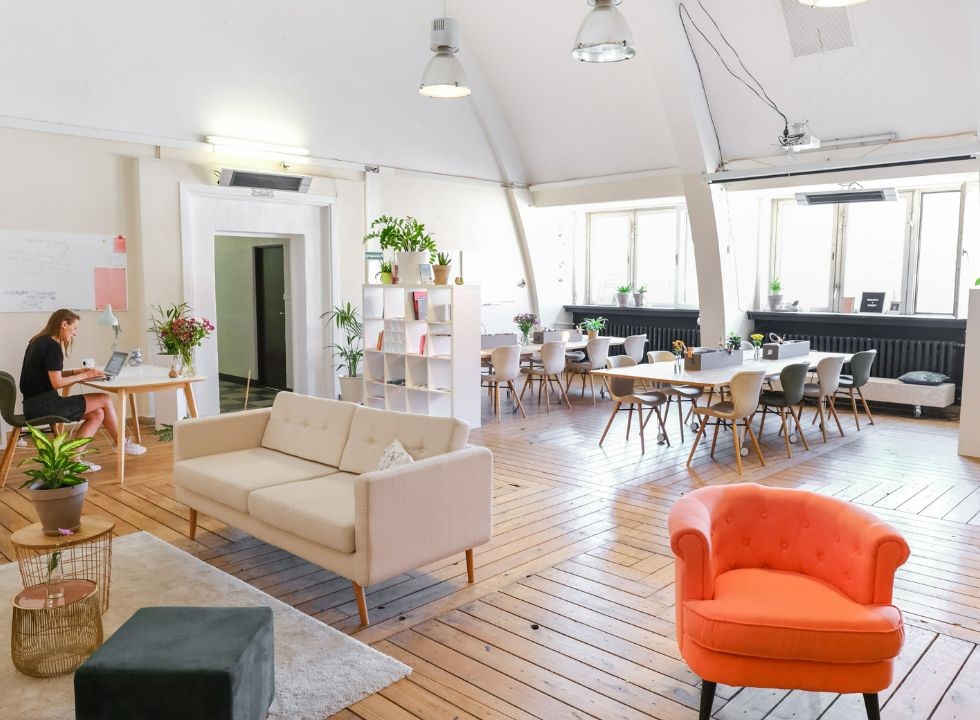Having your apartment is more than just about high costs but tough to manage the maintenance, so co-living space is one-size-fits-all. This mobile generation of young people desires mobility and savings, as well as openness and growth in networking and collaboration. What could be better than sharing the apartment and its amenities?
That is why, today, we will discuss the rise of co-living spaces and show you whether it is worthwhile to invest in these spaces.
So. Let’s get started!
What is a Co-living Space?
According to Wikipedia, Co-living space is a modern, fully-furnished community residential living model where you share all the common area arrangements. The residents who share the whole apartment are referred to as co-livers. It is most popular among young professionals, who split service costs and benefit from flexible lease terms.
Co-living was a rapidly expanding niche asset class prior to the pandemic. According to one statistic, 67% of people have a positive experience with co-living.
Urban living has gained popularity as a more cost-effective and adaptable alternative to traditional housing options as it has become more expensive and competitive. This has resulted in the growth of various co-living spaces, providing a diverse range of accommodations to suit various lifestyles and preferences.
Are Co-living Spaces Worth It to Invest in?
It depends on the areas and lifestyles in which you invest. However, in some cases, it is worthwhile. You can, for example, decide whether it is a promising real estate investment for you or not-
Market Demand
Co-living space is a lucrative venture. Its market demand for co-living space is mostly seen in densely populated areas, especially shopping centers and university and school areas.
Location
The location of the co-living space is critical to its potential success. Investment is preferable in areas with strong job markets, good transportation links, close proximity to amenities, and a vibrant social scene.
Property Layout
When you find places for investments in co-living, don’t forget to check their suitability. The layout should be proper allowing for the private bedrooms/living areas as well as functional shared areas.
Investment Costs
As you may know, co-living spaces include a variety of amenities. So, before investing in it, ensure it is present in your apartment. If not, budget for the initial and ongoing costs of setting up and managing co-living spaces.
This includes the acquisition of property, renovations, furnishing, and maintenance of the property, as well as any additional amenities or services provided to residents.
Return on Investment (ROI)
When you invest money in order to earn a profit. So, consider your rental rates concerning operating expenses and location demand. If you have a high rental rate, you will likely have vacancies early. Keep in mind vacancy rates, rental prices, and the possibility of rent appreciation over time for rental property investment.
Long-Term Sustainability
Co-living spaces are prone to temporary living . As a result, you must consider demographic shifts, trends in housing preferences, and potential competition from other co-living communities or other housing options. So you can make your tenants long-term residents of your rental property.
If we determine those things, it might be helpful to determine whether investing in co-living spaces is worthwhile. Make a clear exit strategy in case you need to liquidate your assets or market conditions change. This must be your cleverest move in the entire investment.

Compare Co-living space to Traditional Living Options
When compared to more traditional living arrangements, co-living spaces offer a very lucrative living option.
Consider investing as a way to support your source of passive income. This must be a good decision. Below, we give you some reasons:
Affordable
Co-living spaces are less expensive than traditional rentals. So many young professionals prioritize sharing their living spaces. Immigrants, particularly those coming here for studies or employment, will undoubtedly find affordable housing. It is a good chunk of investment for anyone who wants to invest in rental properties.
Interaction on a social level
New places take time to open for immigrants, even those working full-time and finding less time for social interaction. As a result, co-living spaces are the best way for them to open up and even form a sense of community. so that they never experience a sense of isolation in the new places. So many newcomers always find co-living spaces better than living alone.
Amenities
Co-living spaces offer a wide range of amenities, including a communal kitchen, laundry rooms, wifi, workspaces, and even a gym. It is advisable to consider the rents in relation to the amenities when considering an investment in co-living spaces. Where traditional spaces provide fewer amenities than co-living spaces.
Flexibility
Considering that co-living spaces have flexible lease terms, this is a fantastic way for you to charge more than you would for single tenants. It is a temporary yet crowded living option for young professionals. However, it is not visible in traditional living spaces, where even bearing rents can make them feel burdened, and vacancies are common.
Supportive environment
Co-living spaces allow residents to socialize while lowering the cost of privacy.
Young professionals will seize the chance to live in shared apartments as soon as they know they are at ease sharing common areas and facilities with others.
Because of this, they can save money, get any help they need, and even feel comfortable around them. Living alone means no one can help them if they get sick. As a result, traditional living spaces lack a supportive environment.
The Future of Co-living Spaces
Rising housing costs, the popularity of remote work, and a desire for more social interaction fuel the rise of co-living spaces.
As these trends continue to grow, so will the demand for co-living spaces. More co-living spaces will likely be built in the future, and their offerings will likely become more diverse. New technologies that make co-living even more convenient and affordable may also emerge.
If we look into the future, co-living spaces look bright. This trend is meeting the needs of an increasing number of people, and it is likely to gain popularity in the years ahead.
Good Luck for worthwhile investment!
Conclusion
Co-living spaces offer a lucrative investment opportunity with high market demand, especially among young professionals seeking affordable and social living options. Careful consideration of location, property layout, costs, and long-term sustainability is crucial for a successful investment. As housing trends evolve, co-living is poised to thrive in the future. Good luck with your investment!






